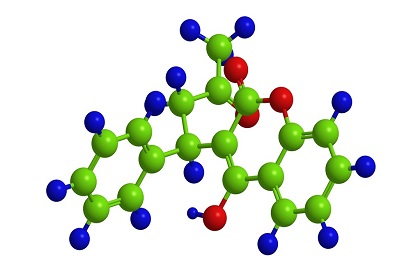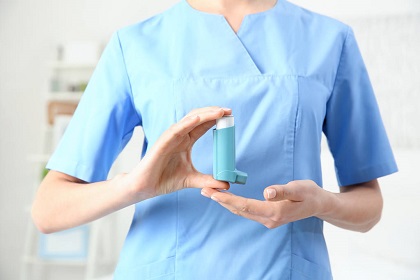Search
What is osteoarthritis?
Osteoarthritis is the most common form of arthritis. It affects the joints and the tissue (cartilage) around the joints that help absorb shock when you move. Osteoarthritis may cause pain, but redness and swelling, symptoms of rheumatoid arthritis and other autoimmune diseases, are not signs of osteoarthritis.
What happens to the joints when you have osteoarthritis?
The cartilage protecting the joints can break down and wear away. Over time, this allows the bones at the joint to rub together. The rubbing causes pain, swelling, and stiffness. After a while, the joint may lose its flexibility.
What causes osteoarthritis?
Osteoarthritis develops slowly, usually through normal wear and tear on the joints. Some risk factors are:
• Being overweight
• Getting older
• Family history
• Stresses on the joints from some kinds of work and some sports
• Old injuries
What are the symptoms of osteoarthritis?
People with osteoarthritis usually have at least some joint pain and stiffness. The pain occurs most often in the hands, knees, hips, and spine. Other common symptoms are:
• Stiffness after getting out of bed or sitting for a long time
• Swelling or tenderness in one or more joint(s)
• A crunching feeling or sound in the affected joint(s)
How does my doctor know I have osteoarthritis?
There is no special test that can tell you have osteoarthritis. Your doctor may look at:
• Your medical history
• The results of your physical exam
• X-rays
• Other tests such as blood tests or exams of the fluid in the joints
What can I do to manage the symptoms of osteoarthritis?
Managing your symptoms relies mainly on things you can do at home.
• Lose weight. Every pound you lose takes pressure off your knees and hips.
• Exercise. Staying active will help control your symptoms. Your doctor may recommend specific exercises or physical therapy.
• Try nondrug pain relief techniques, such as
○ braces and canes
• Take over-the-counter medicines, such as Tylenol, Advil, or Aleve, to help control pain.
• Some people find relief with complementary medicine, although scientific evidence is lacking. Acupuncture and massage may be helpful. Glucosamine chondroitin supplements and capsaicin cream are other alternatives.
Sometimes, doctors recommend injections into the joint to help control pain.
When no other treatment works, joint replacement surgery may be recommended in some cases.
Osteoarthritis cannot be cured, but you can manage your symptoms, control pain, and stay active.
This document is not a substitute for your care team's medical advice and should not be relied upon for treatment for specific medical conditions.
© 2017 The General Hospital Corporation.
Primary Care Office InSite
developed by the MGH Laboratory of Computer Science and Division of General Internal Medicine
Click the link for more information on Emergency Medicine Clinical Service
Click the link for more information on Orthopaedics and Sports Medicine Clinical Service
Click the link for more information on Family Medicine Clinical Service
Click the link for more information on Rehabilitation Clinical Service











